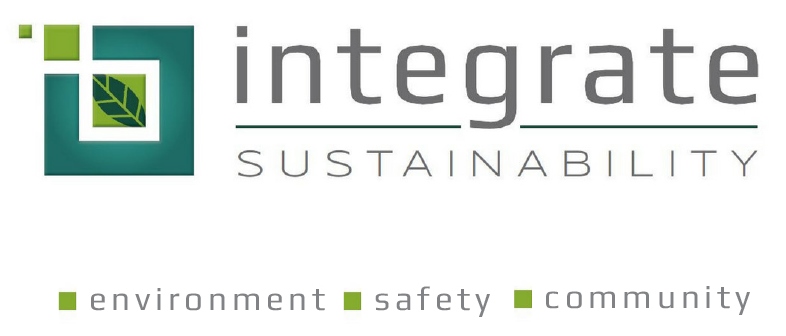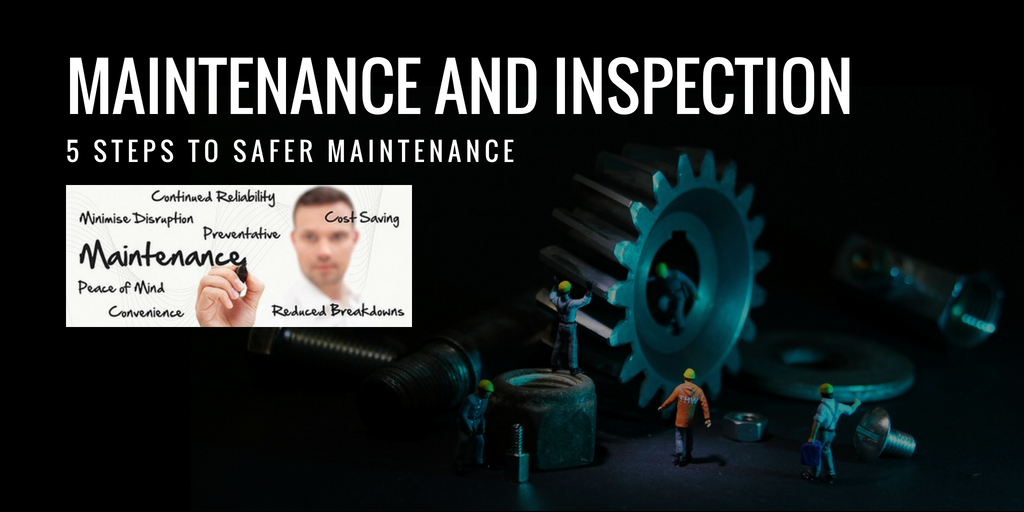Samantha Mickan – Environmental Specialist
Maintenance is to keep and preserve equipment and facility in a functional and safety state. Maintenance of equipment, plant, buildings or means of transport includes technical, administrative and managerial actions intended to keep it in, or restore it to, a state in which it can perform the required function, protecting it from failure or decline. Maintenance is not only necessary to ensure the reliability of technical structures or productivity of the company, but regular maintenance has an important role in providing safer and healthier working conditions. Lack of maintenance or inadequate maintenance can cause serious incidents and deadly accidents or health problems, not only to the workers performing it, but also on others nearby.
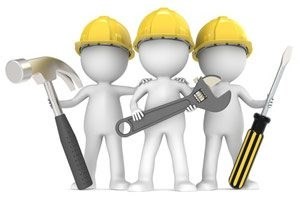
What is it?
Maintenance is considered a high-risk activity as it often requires working alongside a running process and being in close contact with machinery. Maintenance operations typically include both disassembly and reassembly, often involving complicated machinery. It also involves work and tasks that can be unusual or non-routine and can be performed in exceptional conditions such as confined spaces or at heights, whilst also under time constraints such as shutdowns. These circumstances can be associated with greater risk of human error, increasing the likelihood of an accident or equipment failure.
These maintenance failures can result in deadly consequences, some of the most common are: being crushed by moving machinery, falling from heights or falling objects, electrocution, asphyxiation form confined space work and fire or explosions.
5 Steps to Safer Maintenance
In order to reduce the risk to maintenance personnel, and other workers, safety organisations recommend 5 basic steps for safer maintenance:
Step 1. Planning of Maintenance
Maintenance must start with proper planning. A risk assessment must be carried out and workers should be involved in this process. Issues to be covered at the planning stage are:
- Task Scope – what needs to be done, and how it will affect other workers and activities in the workplace.
- Potential Hazards –hazards have to be identified (e.g., dangerous substances, confined spaces, moving parts of machinery, chemical substances or dust in the air), and measures need to be developed to eliminate or minimize the risks.
- Permits to work and lock-out systems.
- The time and resources that the activity will require.
- Communication between maintenance and production staff, and all other parties concerned.
- Competence of the employees and adequate training.
Employers need to ensure that workers have the skills that they need to carry out the necessary tasks, are informed about safe work procedures, and know what to do when a situation exceeds their competence.
Step 2. Working in a Safe Environment
The procedures developed at the planning stage in risk assessment have to be put into action. For example, the power supply to the equipment worked on should be switched off and the agreed on lock-off system used. The warning card — with the date and time of lock-off as well as the name of the person authorised to remove the lock — should be attached. This way, the safety of the worker performing maintenance on the machine will not be jeopardised by anyone inadvertently starting up the machine, who could also be affected, if, for instance, the machine is not in safe operating condition (e.g. if the safeguards have been removed). Workers should check that there is a safe way to enter and leave the work zone, in accordance with the work plan.
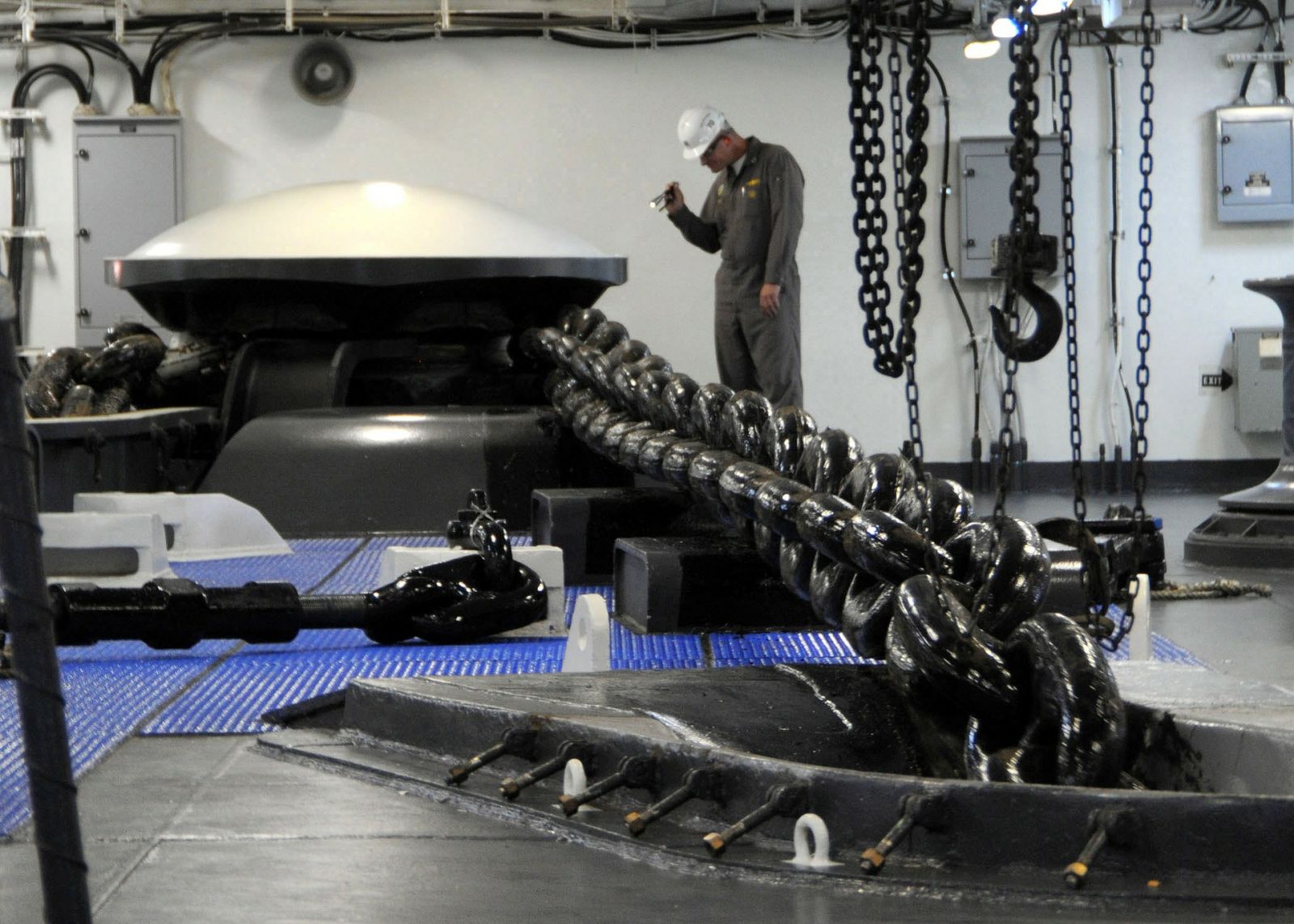
Step 3. Right Tool for the Right Job
Workers performing maintenance tasks need to have the appropriate tools and equipment required to complete the task, they may be different from those normally used. They may be working in areas that are not normal workstations and be exposed to many hazards. Therefore, they must also have appropriate PPE. For example, workers cleaning or replacing filters on extraction ventilation may be exposed to concentrations of dust much higher than normal for that workplace. Access to these filters, frequently located in the roof area, has to be made safe as well. The tools needed for the job and PPE identified in the planning and in risk assessment have to be available (together with instructions on how to use them, if required) and used.
Step 4. Working as Planned
Safe work procedures have to be communicated and understood by workers and supervisors, and applied correctly. Maintenance is often carried out under pressure – for example, when a fault has brought the production process to a standstill. Safe procedures need to be followed, even when there is time pressure. Shortcuts could be very costly if they lead to accidents, injuries or damage to property. Procedures need to be in place for unexpected events. Part of the safe system of work should be to stop work when faced with an unforeseen problem or a problem exceeding one’s own competence.
Step 5. Final Checks – Inspections
To ensure that the task has been completed, the item maintained is in a safe condition, and all waste material generated has been cleaned away. When all is inspected and declared safe, then the task can be signed off, the locks can be removed, supervisors and other workers notified.
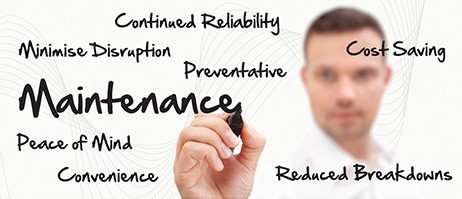
The final step is to complete a report for the management, describing the work done, including comments on difficulties encountered and recommendations for improvement. Ideally, this should also be discussed at a staff meeting where the workers involved in the process, as well as those working around them, can comment on the activity and come up with suitable suggestions to improve the process.
Buildings and structures that are not maintained and inspected regularly eventually become unsafe not only for the people who work in them, but also for those who enter them and even pass by them. Machinery that is poorly maintained or not maintained regularly may make working conditions unsafe for operators and create risks for other workers, and may even cause business losses. While maintenance is absolutely essential to ensure safe and healthy working conditions and prevent harm, the maintenance work itself involves exposure to several hazards for the maintenance worker.
Maintenance activities can put workers at risk, but not carrying out maintenance may put more workers at risk.
If you or your company need assistance developing or reviewing your planning process or safety aspects associated with your maintenance activities, please contact Integrate Sustainability on 08 9468 0338 or enquiries@integratesustainability.com.au.
